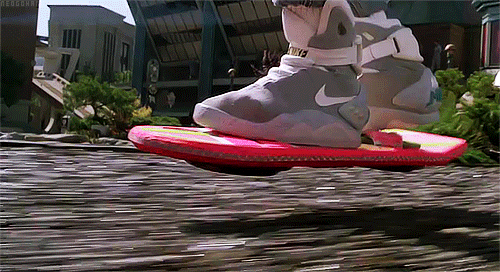OCTOBER 2015
Uploading class resources for Bachillerato.
THE CLASS CREATES A STORY.
From: British Council. http://www.teachingenglish.org.uk/article/one-word-story
This activity is extremely simple. Each student adds a word to create a group story. Despite the simplicity it can be really challenging and I would only use it with higher levels.
Preparation
Students should be in a circle (if this isn’t possible make it clear they know who they are going to follow on from).
Procedure
- The teacher can begin by saying the first word and each student adds the next word, without repeating what has come beforehand.
- The stories can develop in any number of ways. Some groups may need the teacher to provide punctuation and decide that the sentence should end and a new one should begin. The great thing about this activity is that all students have to concentrate and listen carefully to their colleagues to be able to continue the story coherently.
- Good starting words are “Suddenly” or “Yesterday” to force the story into the past tense.
Example:
* Teacher – “Yesterday”
* Student 1 – “I”
* Student 2 – “saw”
* Student 3 – “a”
* Student 4 – “strange”
* Student 5 – “man”
* Student 6 – “who”
* Student 7 – “was”
* Student 8 – “wearing”
* Student 9 – “a”
* Student 10 – “yellow”
* Student 11 – “hat”
* Teacher – “Full stop, new sentence”
* Student 12 – “He”
* Student 13 – “was”
* Etc. etc.
- It is great for highlighting word collocations and practising word order. It also highlights problems students may have with tenses or prepositions for you to focus on in future classes.




